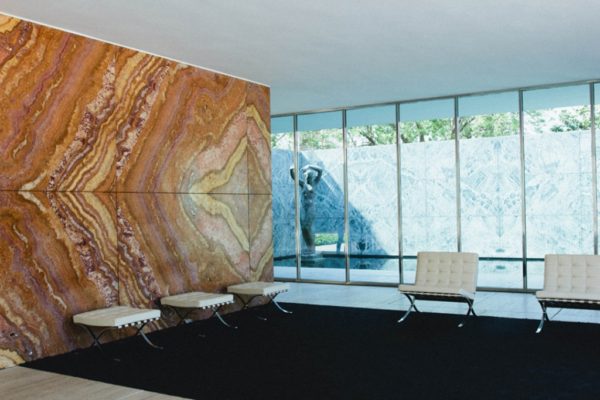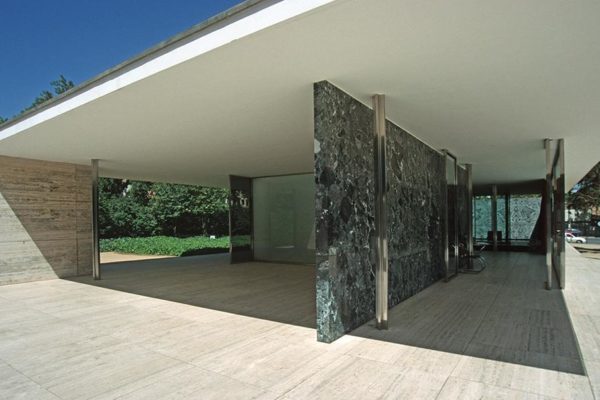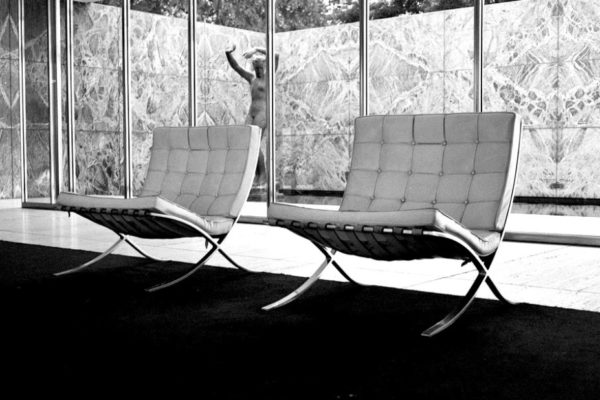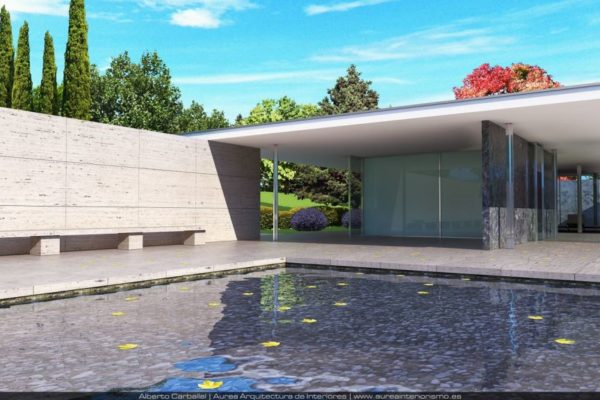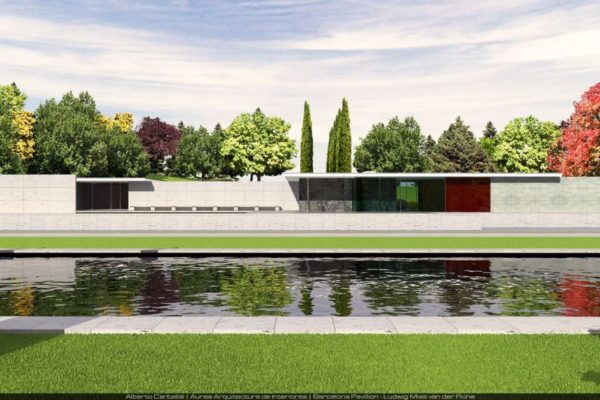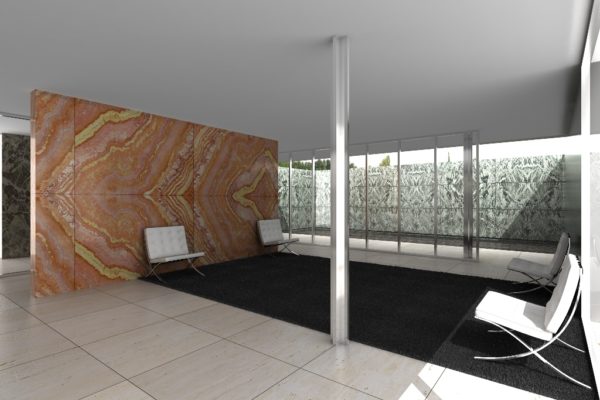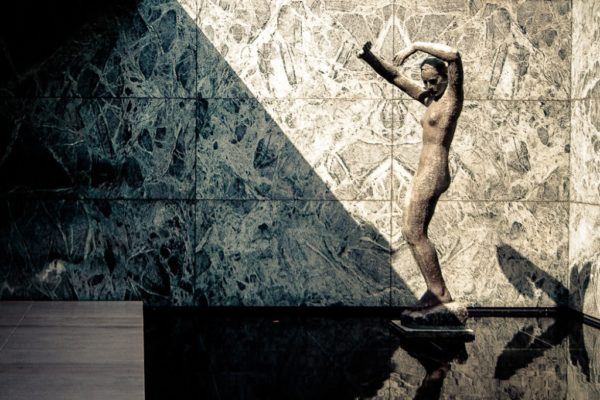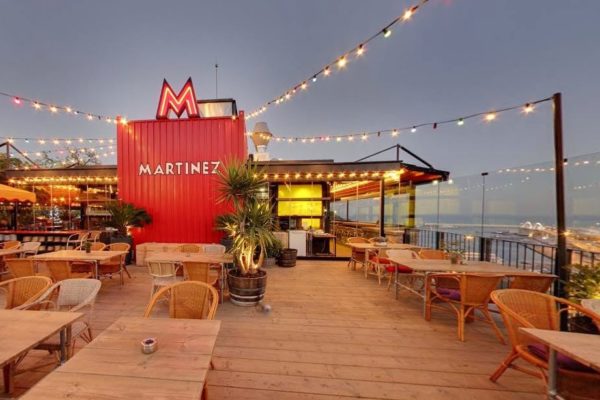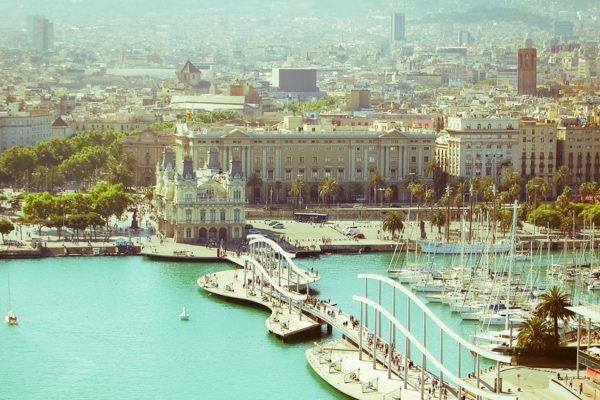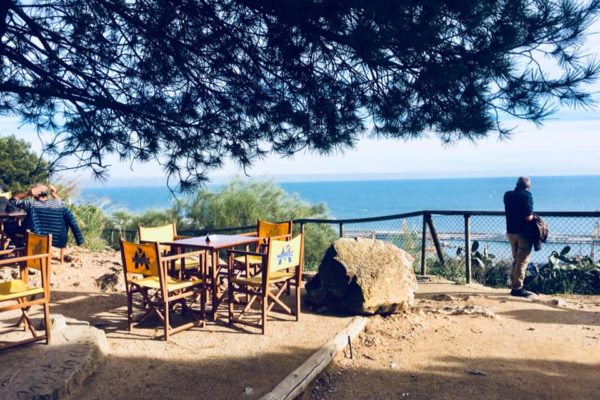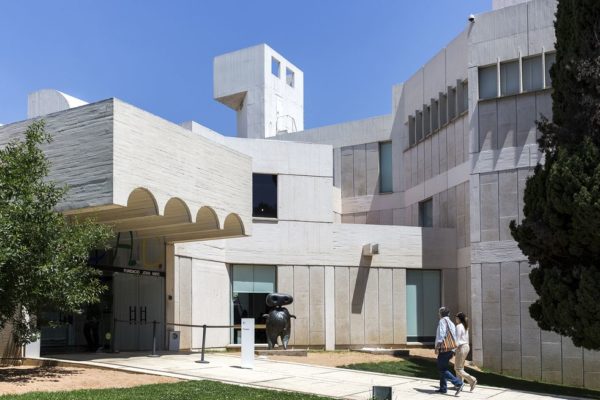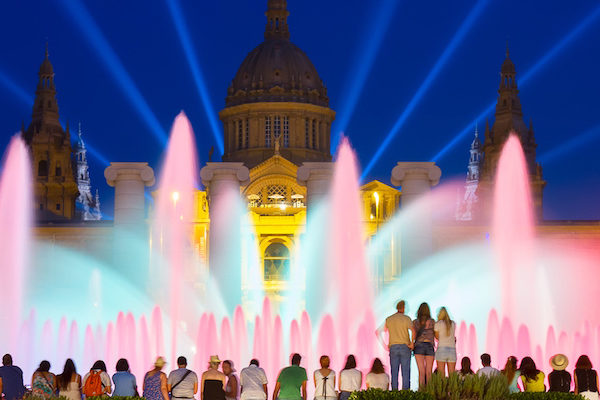Pavilion Mies van der Rohe (Pavello Mies Van Der Rohe) one of the founders of the school "Bauhaus" is a key reference point in the architecture of the twentieth century. The building was dedicated to the passage of the International Exhibition in Barcelona 1929 of the year. This architectural masterpiece was built at the foot of the mountain of Montjuic in a rather inconspicuous place, and, if you do not know about its existence, You can easily pass.
The pavilion was reconstructed in 1986 in upper Raval, and today continues to be a shining example of innovation in interior design. During reconstruction glass were used, steel and four kinds of marble. All materials are exactly repeat the, that they were used in Mies 1929 in upper Raval. The originality of Mies van der Rohe is not so much the novelty of the materials used, Ideally, as in the present, expressed through their geometry strictness, precision parts and assemblies clarity. This pavilion - pure luxury metaphor of architecture, previously freed from all the constraints of its moments.
Especially for the pavilion Mies van der Rohe designed metal, chair "Barcelona" is sheathed by a skin, which eventually became a model of modern design. To such an extent, that this model manufactured and sold until today.
German architect radical approach to the use of space has had a great influence on the development of modern architecture. Besides, in the pavilion hosts exhibitions of works by Ludwig Mies van der Rohe, as well as a bronze sculpture "Morning" by Georg Kolbe.
Ludwig Mies van der Rohe was born in 1886 in Germany. His style is largely based on the Prussian classicism and the use of advanced technologies. The founder of the concept of universal, simplified architecture, Mies was famous for his phrase "less is more".
Every day from 10-00 to 20-00



